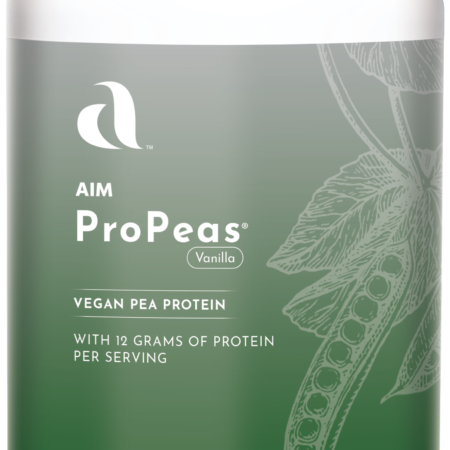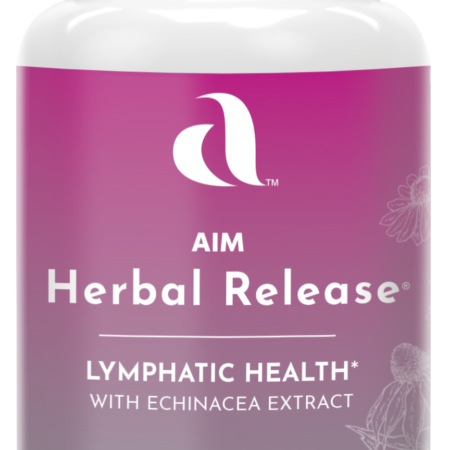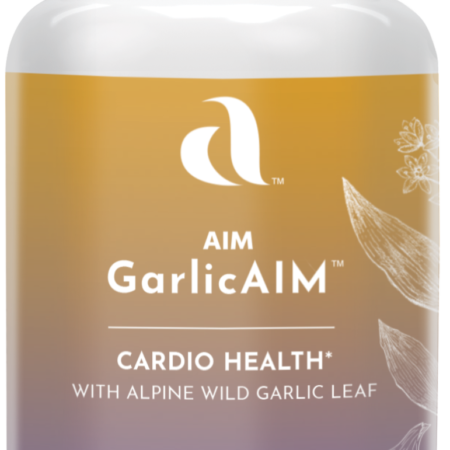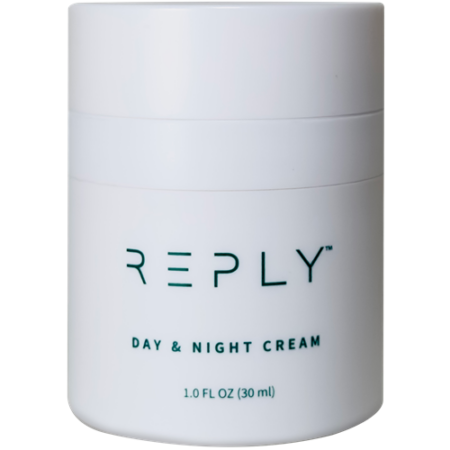Written By: GreenMedInfo Research Group Asthma affects about 300 million people worldwide. It is growing by 50 percent every decade and causes upwards of 180,000 deaths per year. The cause is not well-understood but here are 8 proven ways to help relieve symptoms naturally. There is nothing more terrifying than not being able to breathe. But […]
Lies, Damn Lies, And Supplements
(Or At Least The 7 Biggest Ones) By Al Sears, MD, CNS, is a medical doctor and one of the USA’s first board-certified anti-aging physicians. What are the biggest lies about supplements? Let’s start with the biggest one of all… That there is that there’s no evidence that supplements do anything for anyone. If […]
The Nature of Inflammation
The Nature of Inflammation There’s a theory that chronic inflammation is at the core of disease, including those that are non-infectious. Even with this realisation, inflammation is usually treated after the fact. In other words, once an inflammatory condition has been identified, only then is something done to alleviate the inflammation. Testing for inflammation usually involves […]
4 Sugar Alternatives that won’t poison you
Written By: Sayer Ji, Founder You may think that staying slim and eating healthfully means NO sweets, but guess what? There are natural and delicious sweeteners that won’t wreck your diet, and even have therapeutic ‘side benefits’ No arena of health and wellness is more debatable than what we should be eating. Looking back through […]
Ward off everything from brain fog to heart failure for FREE
The simplest, most natural form of disease prevention there is By Dr. Fred Pescatore, MD Did you know that proper hydration is really the cornerstone behind good health—and the backbone of a healthy, balanced diet? That’s why, every single time I see my patients, I quiz them about what they’ve been eating and drinking. […]
5 Food-Medicines That Could Quite Possibly Save Your Life
Written By: Sayer Ji, Founder “Though Mother Nature’s formulas are proprietary, she does not grant patents” ~ Sayer Ji Some of the most powerful medicines on the planet are masquerading around as foods and spices. While they do not lend themselves to being patented, nor will multi-billion dollar human clinical trials ever be funded to prove them […]
Calories IN, Calories OUT – Big Lie
[EXPOSED] The calories in, calories out theory is a downright LIE Stop suffering on the scale—do THIS instead Written by Dr. Marc S Micozzi, M.D., Ph.D. The holidays are over, and now we’re being barraged with weight-loss ads. Seems that a new year is supposed to usher in a “new you”—or more accurately, a […]
New Year’s resolution that’s sure to stick
Ward off Alzheimer’s with these fun, simple strategies that help keep your aging brain RAZOR SHARP Written by Dr Fred Pescatore, M.D Let’s face it: If New Year’s resolutions were as easy to keep as they are to make, most of us would have run out of room for self-improvement a long time ago. […]
ABC’s for Brain and Eye Health
Written by Dr. Marc S Micozzi, M.D., Ph.D. a worldwide leader in nutritional and complementary/alternative medicine. Three simple—and delicious—ways to keep your vision AND your mind sharp, no matter what your age Natural substances don’t just have one, single mechanism of action. Rather, they have many different active constituents that act in synergy to help […]
Sleep problems continue to haunt many Americans in the age of coronavirus
Start enjoying natural, sound sleep night-after-night Written by Dr. Micozzi www.drmicozzi.com The coronavirus pandemic changed many of our lives…physically, emotionally, and mentally. Even now, as we’re getting back to “normal”, there are still remnants and repercussions from a year of lockdowns, economic uncertainty, and extreme stress—and there will be for a long time to come. […]
Can a Messed-up Metabolism be related to eating less than you should?
by LCR Health Staff Writer There is a big difference between metabolism and digestion. Some people think that they can’t lose weight because they have a slow metabolism. Others think that if they have fast digestion, it means that they must have a fast metabolism. As it turns out, the old adage of “eat less and […]
7 Simple Ways to Unclog Your Arteries Naturally
7 Simple Ways to Unclog Your Arteries Naturally Written By: Sayer Ji, Founder GreenMedInfo We all want to live a long life, but did you know eating these simple foods has been proven scientifically to prevent and in some cases reverse the #1 cause of death in the modern world? At present, atherosclerosis (the progressive narrowing […]
Vitamin B12: Why it’s Important and How to Avoid B12 Deficiency
Ocean Robbins · CEO, Food Revolution Network – Published January 29, 2021 Here’s the deal: B12 is an essential vitamin, crucial for many bodily functions. And many people can’t get enough B12 from an exclusively plant-based diet without some form of supplementation. Therefore, the anti-vegan concludes, plant-based diets are unnatural and unhealthy. Case closed, and let’s […]
Garlic: Roto-Rooter for the Arteries?
Garlic: Roto-Rooter for the Arteries? Written By: Sayer Ji, Founder of GreenMedInfo LLC, 2020 One of the most common kitchen staples could prove to also be one of the most effective natural treatments for heart disease Heart disease is the #1 killer in the modern world. It’s the reason why millions pop aspirin, blood pressure, or statin drugs […]
What is Quinoa?
Written by Ocean Robbins – Food Revolution Network Keen-what? Kwinowah? Gone are the days when health food devotees were the only ones who’d heard of — and could pronounce — quinoa. From a peasant staple in South America’s remote highlands to the “it” grain of foodies, quinoa has taken the world by storm. Quinoa […]
APPLES – FACTS & HEALTH BENEFITS
Ocean Robbins · Published July 24, 2020 · 14 min read SUMMARY Apples are one of the most well-known and widely consumed fruits, found in kitchens and lunchboxes around the world. But how healthy are they? Do they come with any concerns? And what are some of the best ways to enjoy them? Here are the apple facts you need […]
Busted: 11 COVID Assumptions Based on Fear Not Fact
Posted on: Tuesday, July 14th 2020 at 4:00 pm Written By: Makia Freeman Originally published on www.thefreedomarticles.com COVID assumptions – the assumptions people make about COVID, how dangerous it is, how it spreads and what we need to do to stop it – are running rampant, running far more wildly than the supposed virus SARS-CoV2 itself. […]
8 Juicy Reasons to Eat More Strawberries
Written By: GreenMedInfo Research Group Who doesn’t love strawberries? And you don’t need any reason other than the pleasure of their sweetness to eat them every day. But according to researchers from Oklahoma State University, there’s lots more to strawberries than the flavor.[i] Their study was published in the journal Critical Reviews in Food Science and Nutrition with funding […]
Call for NZ Government to act after study finds most packaged food unhealthy
Phil Taylor is a senior writer for the New Zealand Herald The biggest independent study to date of packaged food on supermarket shelves has found most of it is unhealthy. More than two-thirds was classified as “ultra-processed” and half were not foods that are necessary in a person’s diet. Authors of the study are calling […]
Garlic Beats Drug in Detoxifying Lead Safely From Body
Written By: Sayer Ji, Founder of GreenMedInfo LLC, 2019V Garlic is used the world over as a culinary spice, but recent research indicates that among its 100+ medicinal properties it is far safer and more effective than a commonly used chelation drug in pulling lead out of the human body. A remarkable study published in the journal […]
Breast Cancer Cover-Up Continues
s Breast cancer is one of the major killers of women in the United States. It is also one of the most overdiagnosed and overtreated conditions. Sadly, most women have no idea that simply not wearing a bra can have a major impact on the likelihood of developing breast cancer. You probably didn’t hear about a […]
5 Sneaky Ways to Burn Calories at Work
You may think the 30 minutes you spend every other day in the gym is enough to keep you trim and healthy, but it’s not. If you want overall good health, you need to eat well and find windows of exercising opportunity every day—not just during your scheduled workouts. How can you squeeze in a […]
Bypassing Surgery: Can Leafy Greens Repair Your Arteries?
Bypassing Surgery: Can Leafy Greens Repair Your Arteries? Written By: GreenMedInfo Research Group We all know that leafy green vegetables are good for us, but do you know why they’re so good? There are plenty of reasons but, when it comes to heart health, the secret may be nitrates and chlorophyll. In a paper published in the Journal of Clinical Investigation, […]
 CategoriesBlog
CategoriesBlog4 Ways Pomegranate Extends Women’s Lives
4 Ways Pomegranate Extends Women’s Lives Written By: GMI Reporter Modern women at midlife have many options when it comes to dealing with those nasty menopausal symptoms like mood swings, depression, bone loss, and fluctuating estrogen levels. But their most surprising source of natural relief may come from an ancient food: the juicy pomegranate. Pomegranates have been […]
How to Optimise Your Cells for Healthy Ageing
How to Optimise Your Cells for Healthy Ageing By Ty Bollinger In a hurry? Click here to read the Article Summary… Editor’s Note: This article first appeared in the September 2017 edition of TTAC’s Heroes Against Cancer member newsletter. Every time my family and I go hiking or spend time out at the lake, I’m always amazed at the breathtaking […]





